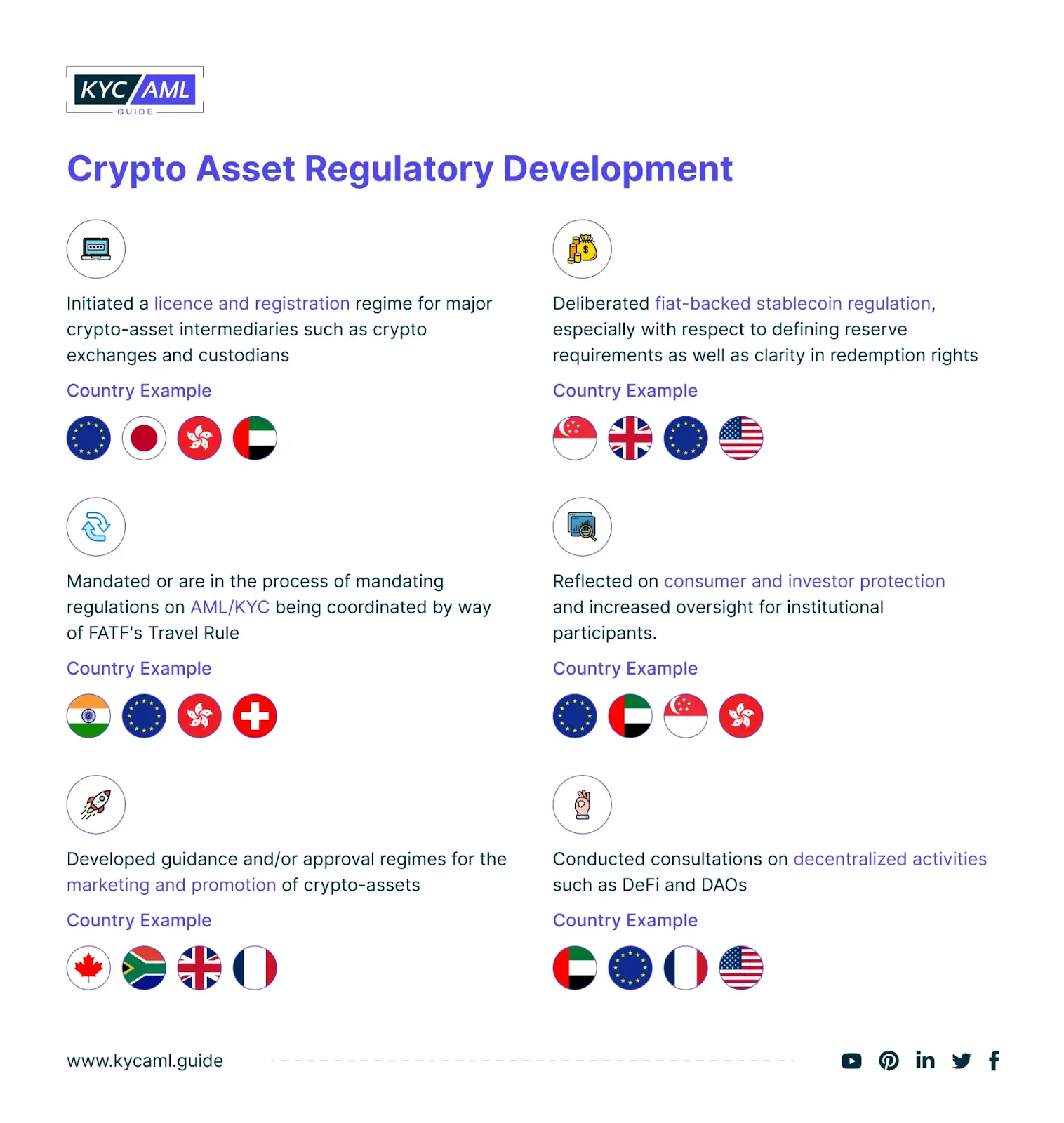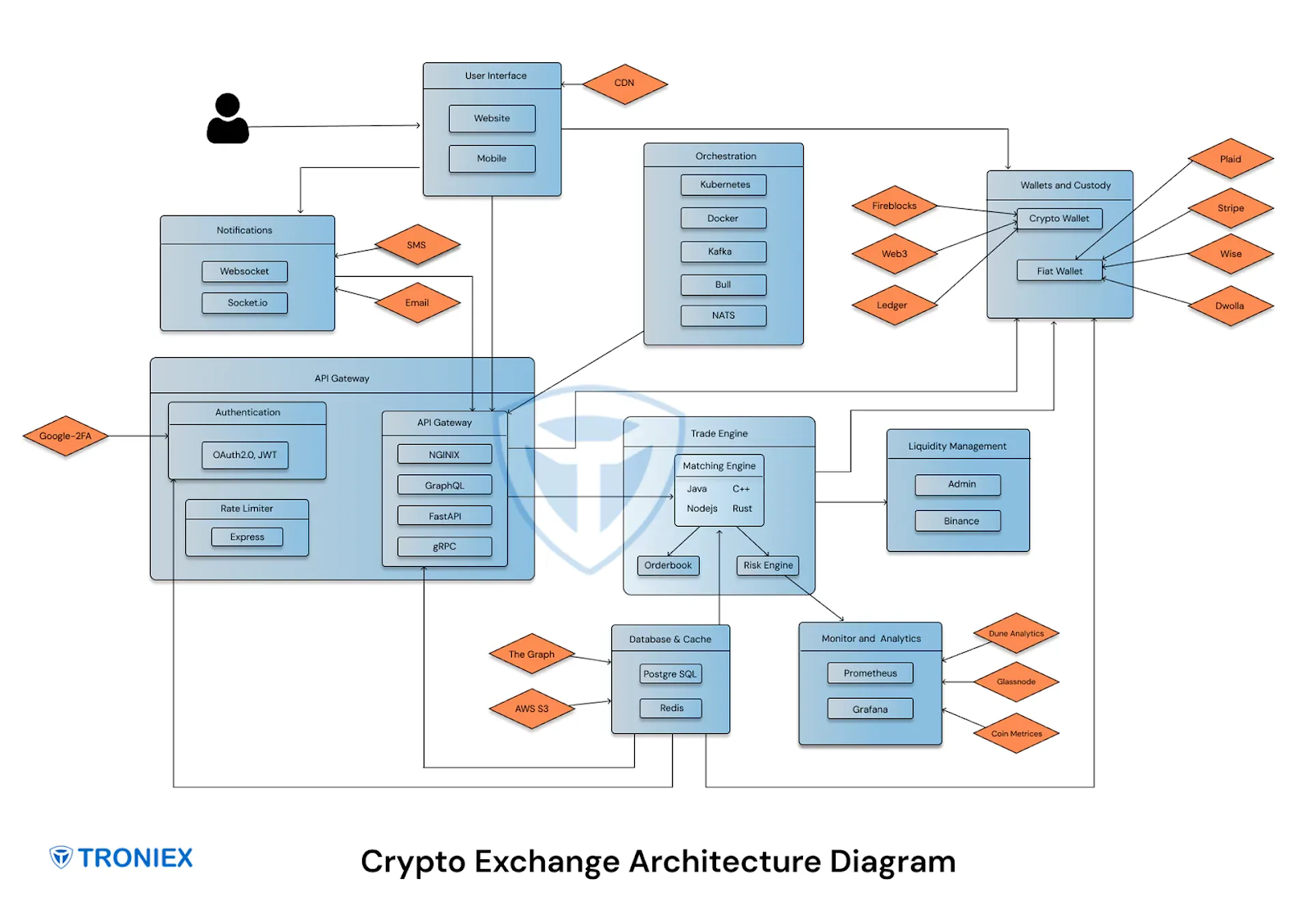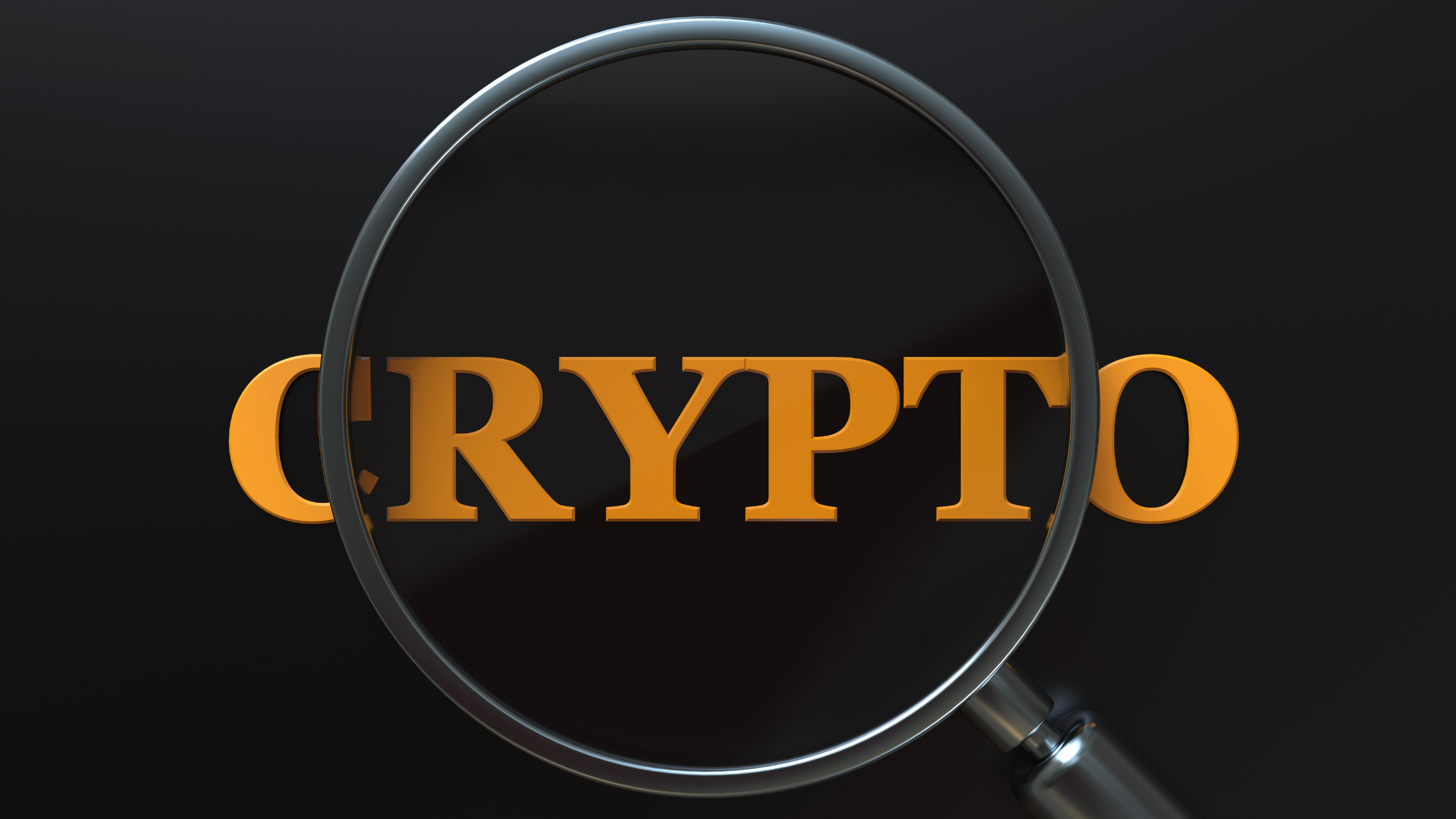Crypto exchange compliance has become a critical focus in the post‑MiCA era, as new regulations emerge across the globe. In this article, we’ll explore how the MiCA regulations in the EU, Dubai’s VARA framework and VASP license requirements, U.S. MSB rules, and global KYC/AML for exchanges are reshaping the industry.
We’ll also outline the technical and operational steps needed to launch a globally compliant crypto exchange, ensuring you navigate cross-border laws in the Web3 era with confidence.
Global Crypto Exchange Licensing Landscape
Regulatory frameworks for crypto exchanges are tightening worldwide, with jurisdictions introducing comprehensive licensing regimes to replace fragmented rules.

The map shows the exchange with the largest traffic share in each country, based on Semrush 2023 data. (Source: Coincub, Semrush 2023)
1. European Union – MiCA Regulations
The Markets in Crypto-Assets (MiCA) regulation introduces the first pan-European licensing system for Crypto-Asset Service Providers (CASPs), replacing national frameworks with a single authorization “passportable” across all EU member states. To qualify, exchanges must have an EU-based office with at least one resident director, segregate customer funds from operational accounts, and maintain operational continuity plans. Governance, cybersecurity, and incident reporting are mandatory, and the regulation integrates with the EU’s Transfer of Funds Regulation to extend the Travel Rule to crypto transactions. Full compliance is required by July 2026, with penalties including license suspension or revocation.
2. Dubai – VARA Licensing
Dubai’s Virtual Assets Regulatory Authority (VARA) has positioned the emirate as a regulated hub for digital assets. Exchanges engaging in trading, custody, lending, or payments must secure a VASP license, specifically the Full Market Product (FMP) license. Requirements include maintaining a physical presence in Dubai, disclosing ultimate beneficial owners, and appointing at least two senior compliance managers. VARA’s rulebooks on governance, cybersecurity, market conduct, and risk management are regularly updated, and enforcement is swift noncompliance can result in license suspension or revocation.
3. United States – MSB & State Licensing
In the U.S., crypto exchanges operate under both federal and state oversight. Federally, they must register as Money Services Businesses (MSBs) with FinCEN, triggering Bank Secrecy Act obligations such as implementing AML programs, conducting KYC checks, filing Suspicious Activity Reports (SARs), and maintaining transaction records. At the state level, most require a Money Transmitter License (MTL), with varying financial, operational, and audit obligations. States like New York enforce the BitLicense, which adds enhanced cybersecurity, minimum capital reserves, and third-party audits creating a complex compliance environment that demands both legal expertise and operational adaptability.
Comparative Overview: MiCA vs. VARA vs. MSB
The three major frameworks share common compliance pillars but diverge in implementation and scope:
| Framework | Region | Licensing Requirement | Key Obligations |
| MiCA | EU | CASP authorization | EU office, AML/KYC, asset segregation, consumer protection |
| VARA | Dubai | VASP license (FMP) | Local office, dedicated compliance officers, detailed rulebooks |
| MSB | USA | Federal MSB + state MTLs | AML programs, FinCEN registration, state bonding & audits |
For exchanges seeking multi-region operations, aligning with the strictest common standards can simplify expansion while ensuring cross-border compliance in Web3.
KYC/AML Requirements for Crypto Exchanges
Across all jurisdictions, KYC/AML compliance is a core requirement for any crypto exchange. Regulators demand that platforms verify user identities and monitor transactions to prevent money laundering, terrorist financing, and other illicit activities.
A compliant exchange must implement a KYC program as part of onboarding, which includes:
- Collecting customer identification documents and verifying their authenticity.
- Screening users against sanctions and Politically Exposed Persons (PEP) lists.
- Performing ongoing due diligence by monitoring transactions and flagging suspicious activity.

This aligns with core KYC/AML requirements for exchanges, including identity verification, sanctions screening, and ongoing due diligence (Source: KYC AML Guide (www.kycaml.guide)
An effective AML framework works in tandem with KYC by:
- Using transaction monitoring systems to detect suspicious trading patterns, structuring, or links to blacklisted blockchain addresses.
- Filing Suspicious Activity Reports (SARs) with authorities when required.
- Retaining KYC and transaction records for a mandated period (often 5+ years).
A growing challenge is Travel Rule compliance, now enforced in over 45 major jurisdictions including the EU, U.S., and U.K. Under FATF Recommendation 16, exchanges must collect and transmit verified sender and recipient information for qualifying crypto transfers. This demands secure technical systems, such as compliance APIs or VASP-to-VASP protocols, to share data while maintaining user privacy.
Ultimately, robust AML/KYC procedures are more than just legal obligations; they enhance an exchange’s integrity, security, and trustworthiness, helping it operate successfully in the global market.
Technical and Operational Best Practices for Compliance
Achieving compliance is not only about policies and licenses, it also requires meeting specific technical and operational requirements. From day one of development, a crypto exchange should be engineered with security and compliance in mind:
- Secure Architecture & Data Protection: Use robust encryption for data at rest and in transit, and implement strict access controls. Securely store customer assets with industry best practices (e.g. multi-signature wallets, cold storage for the bulk of funds) to protect against hacks. Regulators expect exchanges to safeguard user assets and personal data as a top priority.
- System Audits and Reporting: Build audit logs into your system to track all transactions and changes. Your platform should be able to generate detailed reports on trading activity, transaction volumes, and security incidents on-demand – MiCA, for example, will require regular reporting and even prompt incident reporting to authorities. Automation can help compile compliance reports that satisfy regulators in different jurisdictions.
- KYC Integration and Workflow: Integrate reliable third-party identity verification services into your user onboarding flow to automate KYC checks. Ensure the system can handle document uploads, biometric checks, and database screenings (for sanctions, PEPs) seamlessly. A smooth but thorough KYC process improves compliance while maintaining a good user experience.

Diagram illustrating the technical architecture of a compliant centralized crypto exchange — highlighting secure system layers, KYC/AML integration, auditability, and operational controls essential for regulatory readiness (Source: Troniex Technologies)
- AML Transaction Monitoring Tools: Deploy blockchain analytics and transaction monitoring software to flag risky addresses (like those linked to darknet markets or sanctioned wallets) and unusual patterns (e.g. rapid in-and-out transfers just below reporting thresholds). These tools can often be calibrated to meet various regulatory thresholds and help your compliance team catch issues early.
- Compliance Team and Procedures: On the operational side, hire or train a compliance officer and support staff who understand crypto. Establish clear procedures for reviewing flagged transactions, handling law enforcement requests, and updating internal policies when regulations change. Regulators appreciate when an exchange has a well-documented compliance program and dedicated personnel. It’s not just technology, human oversight and a culture of compliance are critical.
- Business Continuity and Risk Management: Create contingency plans for outages, cyber incidents, or market emergencies. MiCA explicitly requires continuity of service planning. Having redundant systems, incident response plans, and insurance (where available) are all signs of a mature operation that authorities and users will trust.
By incorporating these technical and operational best practices, you not only comply with current laws but also demonstrate readiness for future regulations. The ability to adapt to new rules (such as new reporting requirements or security standards) is a competitive advantage in the evolving crypto industry. Compliance done right can be a catalyst for long-term success, reassuring users, attracting institutional partners, and opening doors to new markets.
Conclusion
In the post-MiCA era, crypto exchanges face higher regulatory standards and greater accountability across jurisdictions. Rather than viewing compliance as a burden, forward-thinking leaders see it as a foundation for sustainable growth and a competitive advantage. Adhering to frameworks such as MiCA in the EU, VARA’s rules in Dubai, and FinCEN’s MSB requirements in the US not only ensures operational legitimacy but also builds lasting trust with customers, regulators, and investors.
Building a compliant exchange is complex, especially when navigating cross-border laws in Web3, but you don’t have to do it alone. Twendee brings deep blockchain development and security expertise to design platforms with compliance built in from the start, including KYC/AML integration, secure asset custody, and advanced reporting tools. We help you stay ahead of evolving regulations while creating an infrastructure ready for global scale.
With the right strategy and the right partner, your exchange can thrive in the new era of compliant innovation. Contact Twendee today to turn compliance into your competitive edge.
Connect with us on LinkedIn or X to explore how Twendee can support your transformation: Twitter & LinkedIn Page
Read latest blog: Restaking Platforms Are Emerging as the Primary Yield Source for Institutional DeFi





